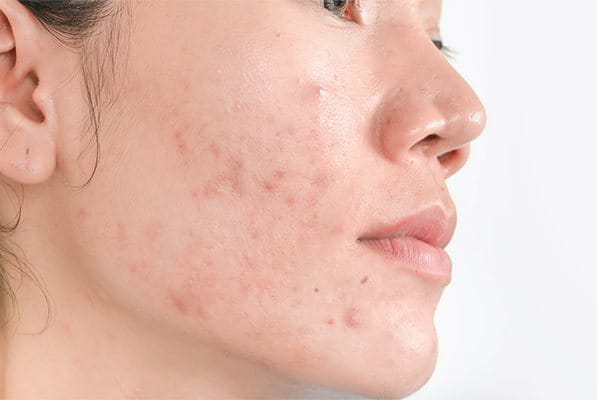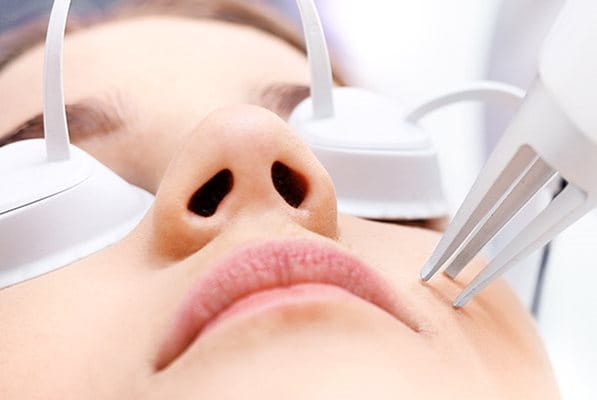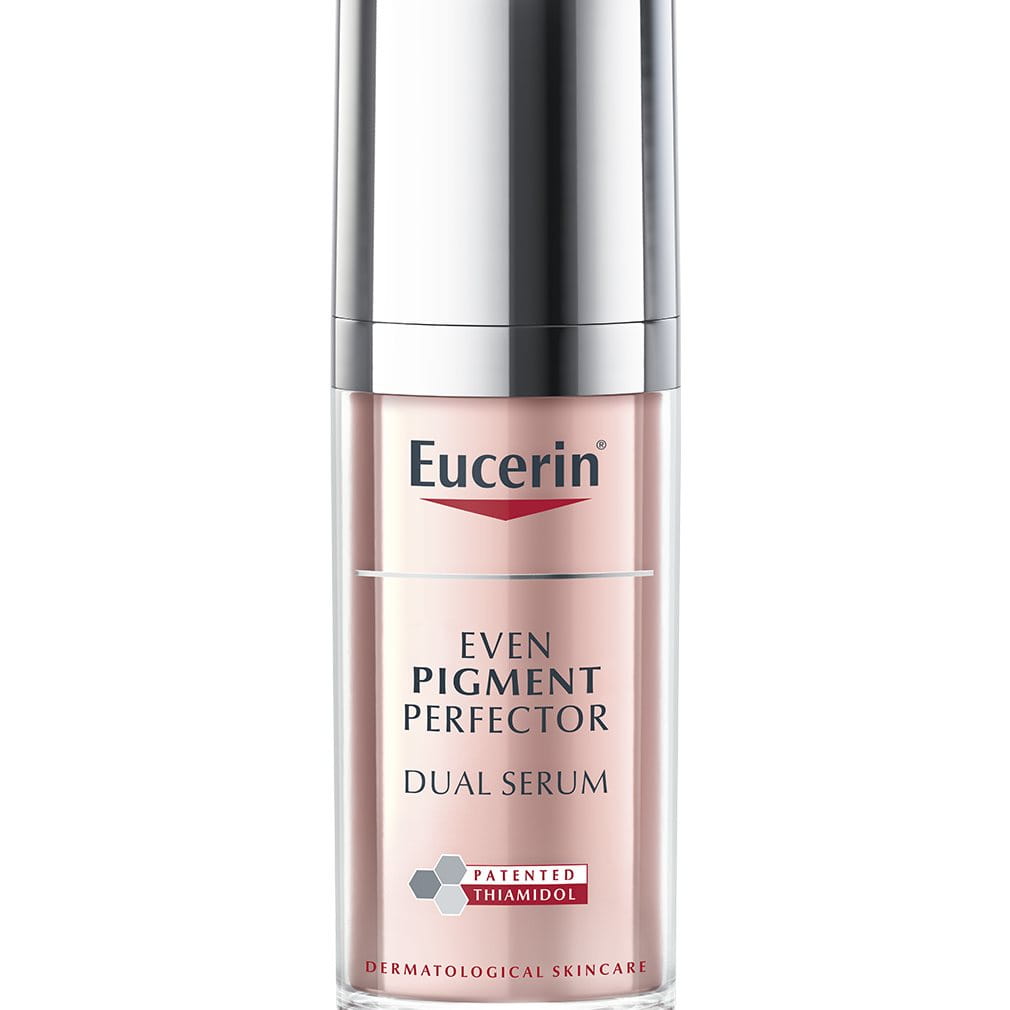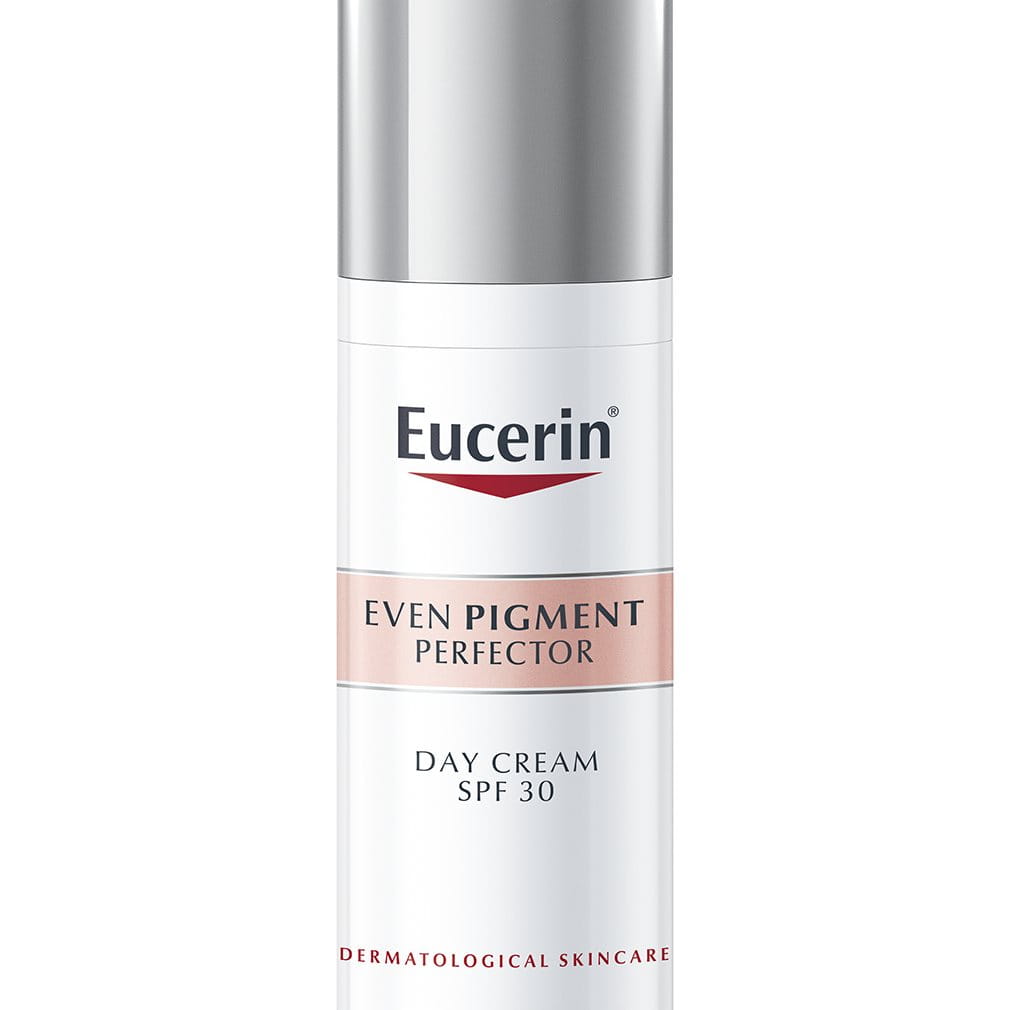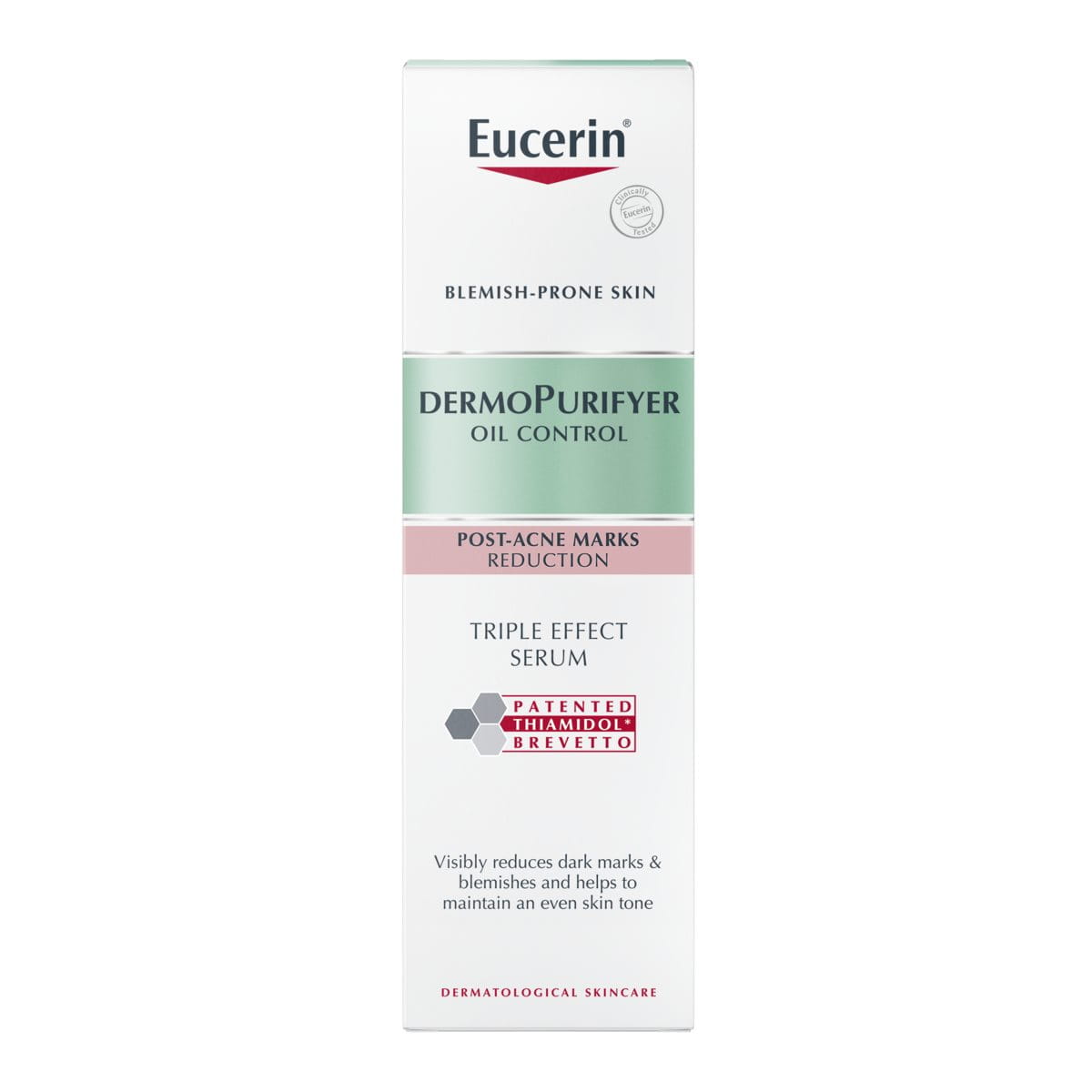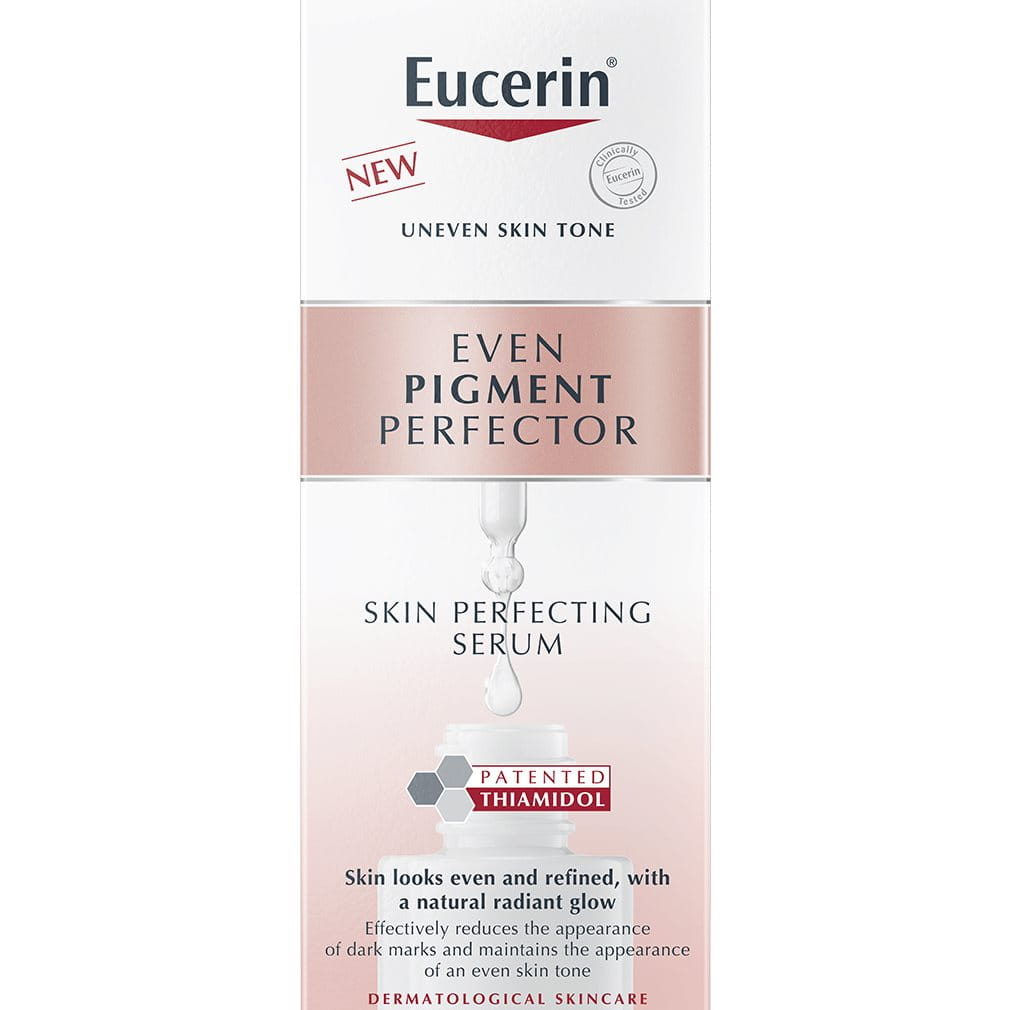Post-inflammatory hyperpigmentation (also known as PIH and hyperpigmentation caused by inflammation) is a type of hyperpigmentation that can affect the face and body. It appears as flat spots of discolouration. These range in color from pink to red, brown or black, depending on skin tone and the depth of discolouration.
Men and women are equally susceptible, and all skin types can get post-inflammatory hyperpigmentation although it is more prevalent in darker tones of skin. In fact, PIH is one of the most common reasons why people with darker skins seek the advice of a dermatologist.1
The root cause of PiH is increased melanin production. Melanin is the pigment that defines the color of a person’s skin and the increase in melanin is triggered by the way skin heals after inflammation or injury.
1- Postinflammatory hyperpigmentation: a review of the epidemiology, clinical features, and treatment options in skin of color. E.C. Davis and V.D. Callender. J Clin Aesthet Dermatol. 2010 Jul; 3(7): 20-31/em>
Attention
If your skin is injured or blemish-prone, or if you suffer from skin conditions such as Atopic Dermatitis or Psoriasis, it’s important that you take care of your skin in order to reduce the chances of post-inflammatory hyperpigmentation.
Appropriate medication and/or a regular skincare routine using products that have been specially formulated to address your skin’s needs will help:
- Blemish-prone skin: read what can I do to help reduce blemishes and care for my skin? and find out more about the Eucerin DERMOPURE range.
- Atopic skin: read how to calm and care for adult atopic skin and find out more about the Eucerin AtopiControl range.
- Skin undergoing dermatological treatments: read what’s the best way to care for my skin after laser treatment? And/or what are chemical peels and how do they work? and discover Eucerin Aquaphor Repairing Ointment.
- Skin affected by minor burns: read what’s the best way to care for minor burns?
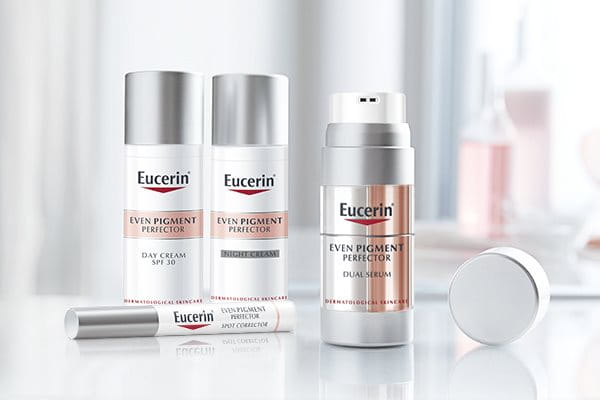
Dermatologists may also prescribe and/or use hydroquinone which is still regarded as the most effective topical agent for reducing hyperpigmentation. It can, however, only be used for limited periods of time because, like other forms of chemical peel and laser treatment, it can irritate skin and actually cause post-inflammatory hyperpigmentation, especially in people with darker skin.
Dermo-cosmetic skincare products can be used daily to help extend the results of dermatological treatments.
The Eucerin Even Pigment Perfector range contains Thiamidol, an effective and patented ingredient that acts at the root cause of hyperpigmentation by reducing melanin production. It has been clinically and dermatologically proven to reduce dark spots and prevent their re-appearance.

